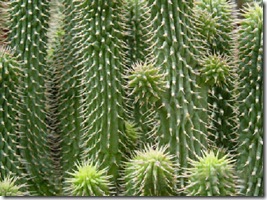The effect of carbohydrate or any food having potential to raise blood sugar level is measured in terms of what is called glycemic index of the food.
How glycemic index is measured
Glycemic index of any food is measured taking glucose as a reference. Glucose after taking orally gets absorbed quickly and its glycemic index is considered as 100. For measuring glycemic index at least 10 person is fed with the food to be measured and blood sugar is measured at every 15 minutes interval for first hour and every 30 minutes. A graph is plotted and compared with blood glucose level after standard 50 gm of glucose taken orally.
Glycemic index of any food can be low, moderate and high. A low glycemic food is considered when glycemic index is upto 55 and moderate when it is between 56 to 69 and high glycemic index is when it is above 70.
The food having low glycemic index is slowly absorbed and the there is slow and steady rise in blood sugar after its intake and lowers down steadily after a time interval. While food with high glycemic index is absorbed quickly and there is sharp rise in blood sugar level and keeps fluctuating. The insulin level of the body too tends to fluctuate and in a diabetic patient it is difficult to adjust a dose of anti diabetic drugs and insulin if the patient have high glycemic index food.
Benefits of low glycemic index diet
It is understood that a diabetic person should concentrate on food having low glycemic index while a hypoglycemic patient should take high glycemic index food. Though a person with sedentary life style should always prefer diet having low glycemic index.
Alow glycemic index diet not only helps to control diabetes but also increases sensitivity of insulin. Even a non diabetic person having obesity should prefer low glycemic diet as it curbs many heart diseases and even helps to curb down obesity. Females with PCOS is recommended to have low GI foods.
Which type of foods have low glycemic index
Not going details on the chart, it should be noted that salads, nuts, brawn and fruit juices baring a few like mango juice are of low glycemic index. Among milk soya milk is considered as best. Most of the person use to have cornflakes in the breakfast but it has a high glycemic index of about 83. Spagetti is ideal food for one who prefer pasta.
Glycemic index of bakery products
The3 bakery products are generally of high glycemic index and should be avoided as far as possible. Brown bread can be taken as it contains more fibres. All kind of wafers, biscuits even it is not sweet lies in medium or high glycemic index.
Glycemic index of Cereals
Among cereals bran is considered as best, pearl barley, instant or parboiled rice or kernel wheat should be preferred. Millets have the highest glycemic index among all cereals.
Glycemic index of dairy products
Most of the diabetics do not touch dairy product having a misconception that it may be of high glycemic index, but a fat free skimmed milk is ideal for them, yoghurts if taken without sugar is of very low glycemic index.
Glycemic index of Vegetables and fruits
All green vegetables with exception of broad beans are of low GI. Among fruits which should be avoided in diabetic or are of high GI are watermelon, mangoes, apricots, pineapple and raisins.
Though only carbohydrate content doesnt affect glycemic index, in fact there are a number of factors on which glycemic index of a food depends like its fibre content and viscosity of fibres, protein contents etc.
